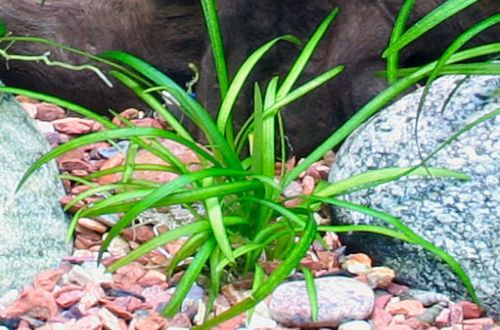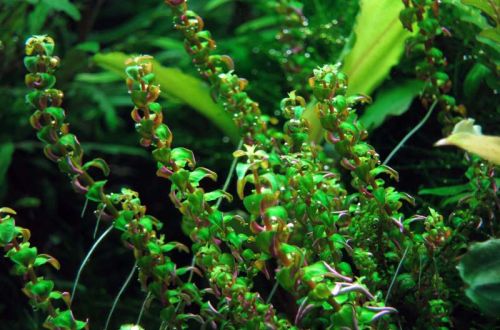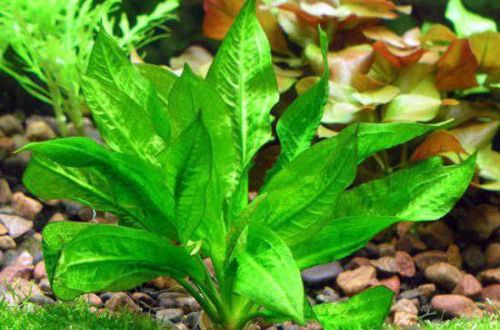
Arrowhead subulate
Arrowhead subulate or Sagittaria subulate, scientific name Sagittaria subulata. In nature, it grows in the eastern states of the United States, in Central and partly in South America in shallow reservoirs, swamps, backwaters of rivers. Found in both fresh and brackish water. Known in the aquarium trade for many decades, available commercially on a regular basis.
Often referred to as a synonym as Teresa’s Arrowhead, however, this is an erroneous name referring to a completely different species.

The plant forms short narrow (5-10 cm) linear green leaves, growing from a single center – a rosette, turning into a dense bunch of thin roots. It is worth noting that such a height of growth is achieved only under the condition of a tight fit. If Arrowleaf styloid grows alone with a large free space around, then the leaves can grow up to 60 cm. In this case, they begin to reach the surface, and new leaves are formed floating on the surface on long elliptical petioles. In favorable conditions, white or blue flowers on a long stem may appear above the surface of the water.
Growing is simple. It does not need nutrient soil, fertilizers in the form of fish excrement and uncleaned food residues are sufficient. However, in some cases, iron supplementation may be required. A deficiency of this microelement is noted when the leaves turn yellowish, and on the contrary, if there is a lot of it, then red shades appear in bright light. The latter is not critical. Sagittaria subulate feels great in a wide range of temperatures and hydrochemical values, can adapt to a brackish environment.





